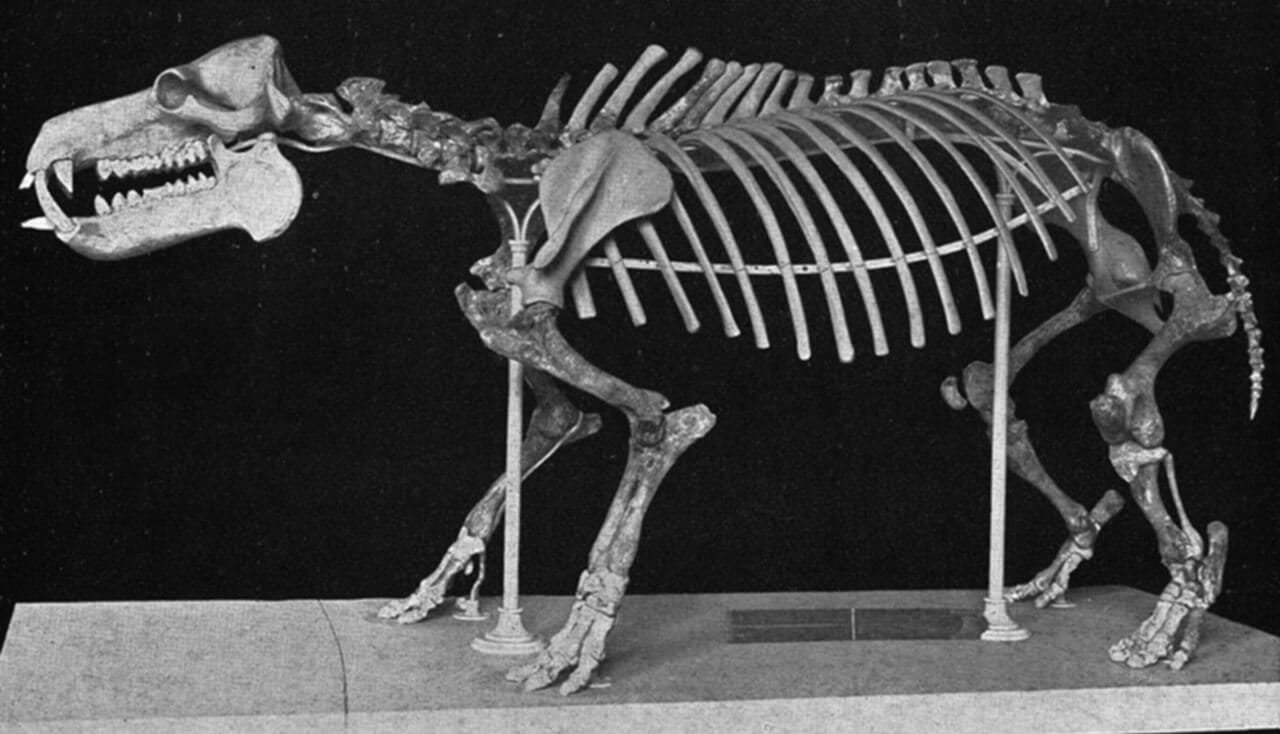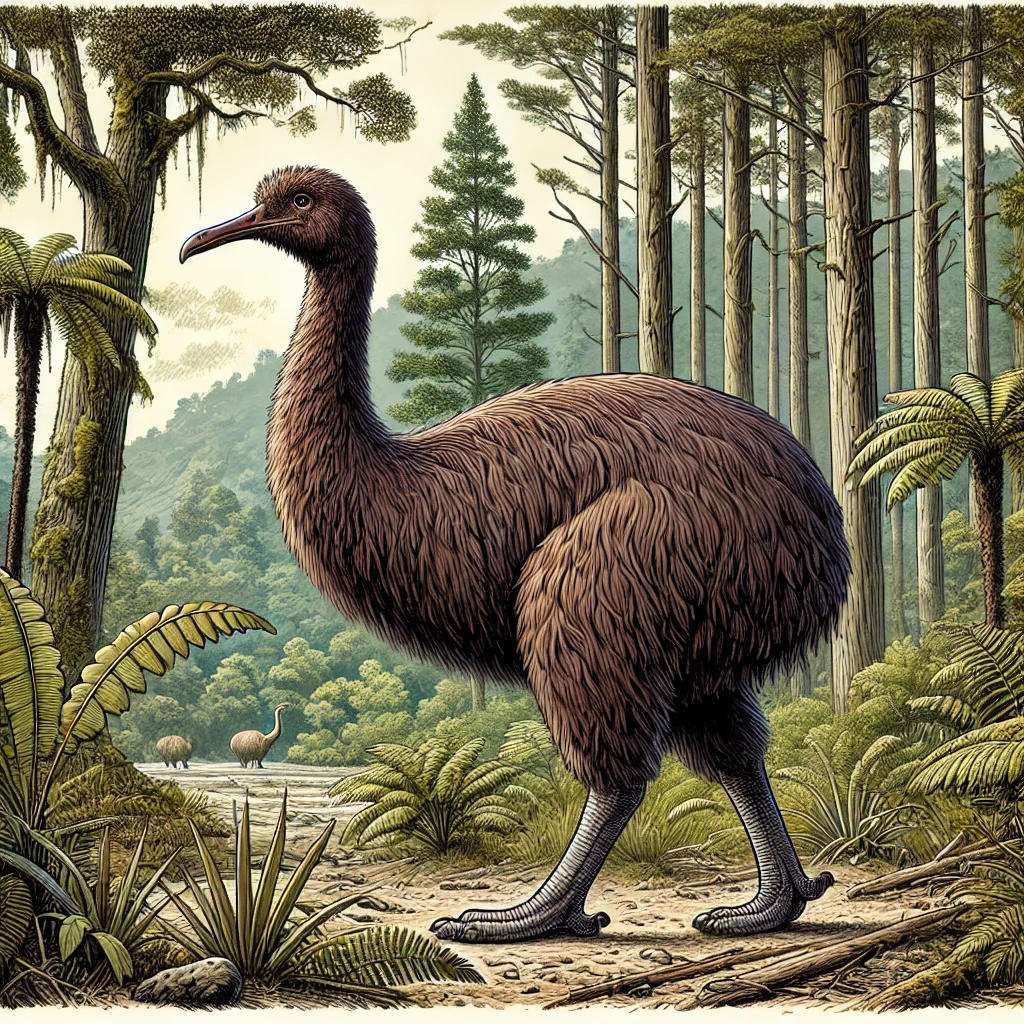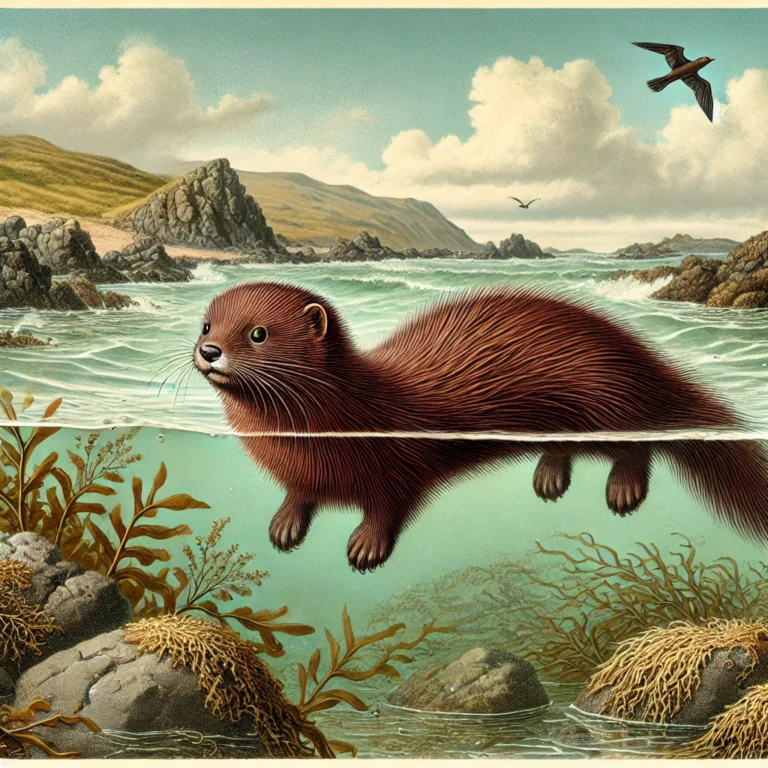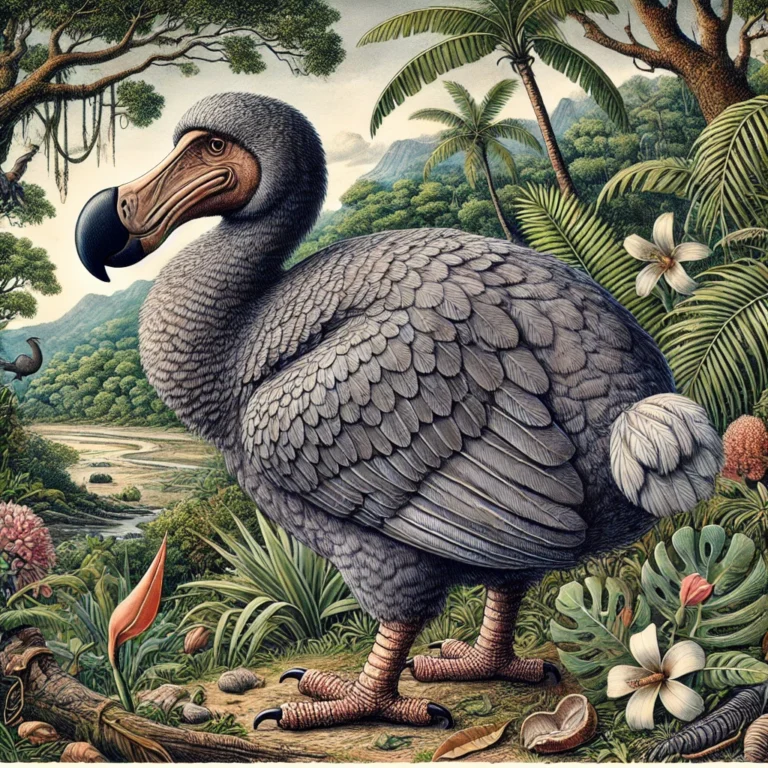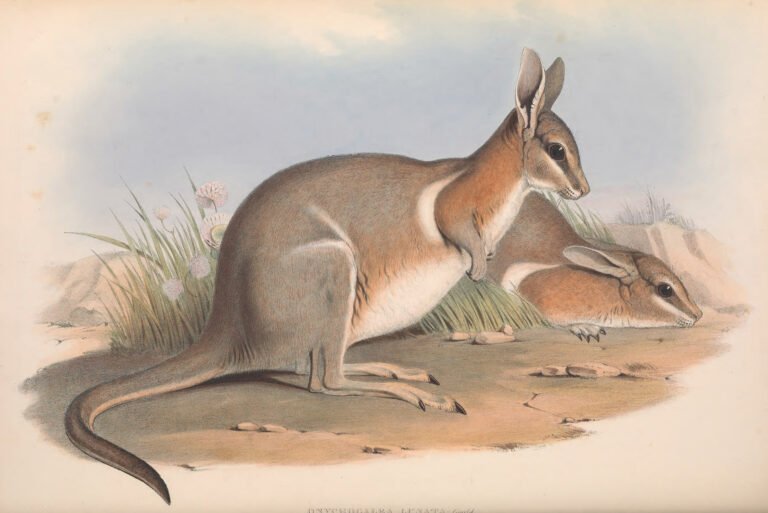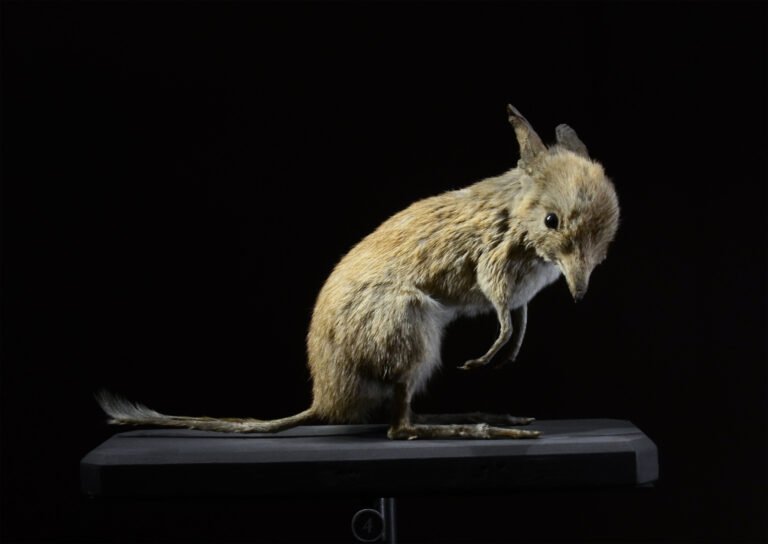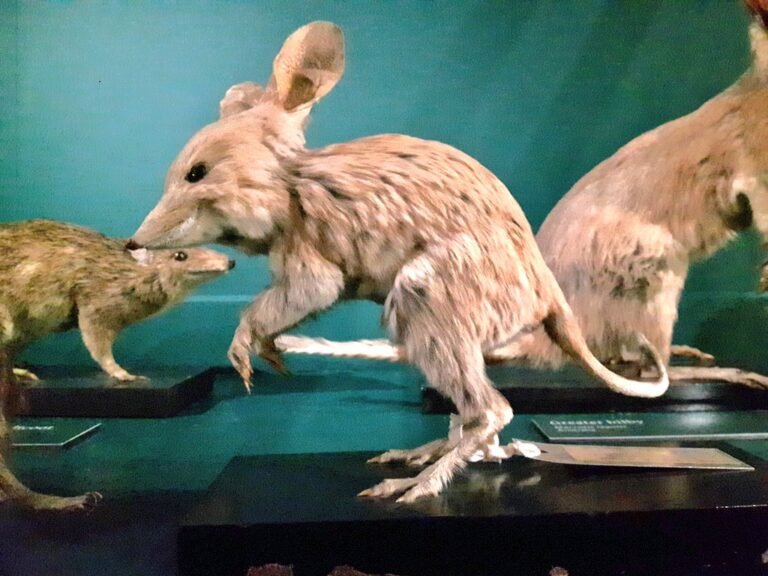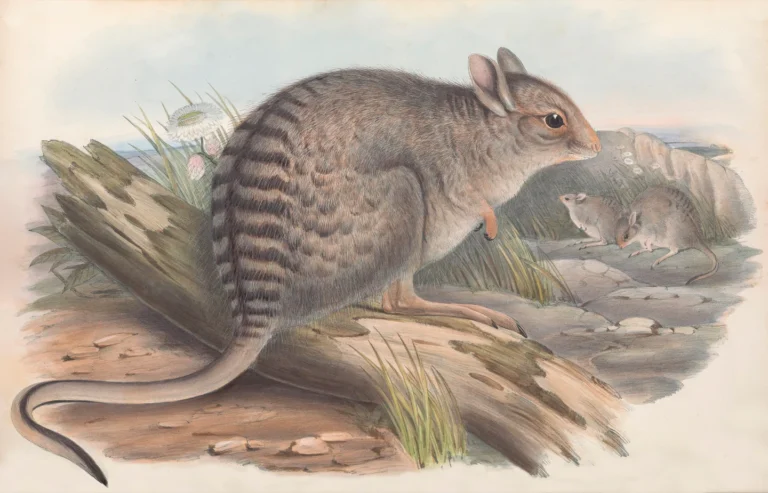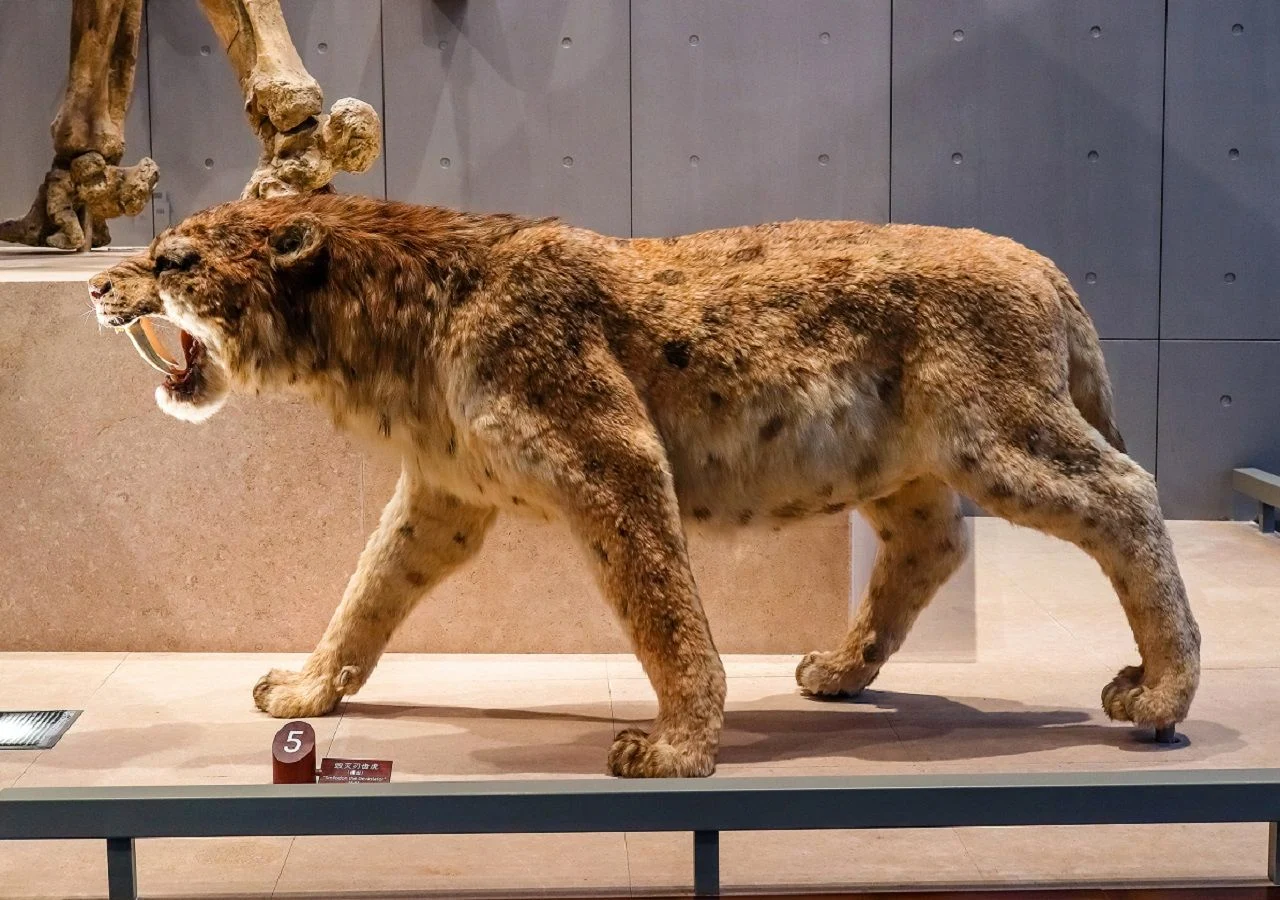Rediscovering the Cyprus Dwarf Hippopotamus: The Tiny Titan of Ancient Cyprus
Introduction:
The Cyprus Dwarf Hippopotamus, scientifically known as Hippopotamus minor, was a diminutive relative of the modern hippopotamus that once inhabited the island of Cyprus. This unique species adapted to the island’s environment, becoming significantly smaller than its mainland relatives. The Cyprus Dwarf Hippopotamus went extinct approximately 11,000 years ago, likely due to a combination of climate changes and human activities. Its fascinating history provides valuable insights into island dwarfism and the impact of isolation on species evolution.
Facts:
| Attribute | Details |
|---|---|
| Scientific Name | Hippopotamus minor |
| Common Names | Cyprus Dwarf Hippopotamus |
| Extinction Timeline | Approximately 11,000 years ago |
| Kingdom | Animalia |
| Phylum | Chordata |
| Class | Mammalia |
| Order | Artiodactyla |
| Family | Hippopotamidae |
| Genus | Hippopotamus |
| Species | H. minor |
| Natural History and Origin | Endemic to the island of Cyprus |
| Physical Information | Small size, about 1.5 meters in length |
| Appearance | Similar to modern hippos but significantly smaller |
| Scientist Names | Described by paleontologists studying fossil remains |
| Region | Cyprus, Mediterranean |
Appearance:
The Cyprus Dwarf Hippopotamus was much smaller than its mainland relatives, measuring about 1.5 meters (5 feet) in length and weighing approximately 200 kilograms (440 pounds). It had a stocky body, short legs, and a large head with a broad snout. Despite its reduced size, it retained many features typical of hippos, such as thick skin and large teeth. Its diminutive size was an adaptation to the island’s limited resources and isolated environment.
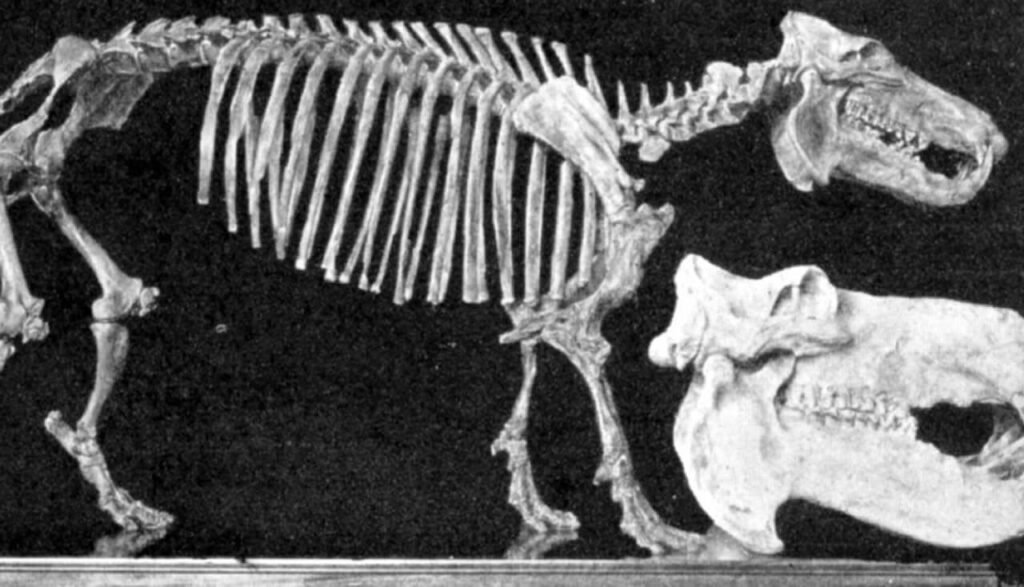
Distribution:
The Cyprus Dwarf Hippopotamus was endemic to the island of Cyprus, where it inhabited a range of environments from coastal areas to inland forests and grasslands. The island’s diverse habitats provided ample food and shelter for these small hippos, which thrived in the relatively predator-free environment.
Habits and Lifestyle:
Like modern hippos, the Cyprus Dwarf Hippopotamus was semi-aquatic, spending much of its time in and around water bodies. It was likely a herbivore, feeding on grasses, leaves, and aquatic plants. These hippos were probably social animals, living in small groups or family units. Their small size allowed them to navigate the island’s varied terrain more easily than larger relatives.
Physical Characteristics:
The Cyprus Dwarf Hippopotamus had several adaptations suited to its island environment. Its smaller size reduced its need for large quantities of food and allowed it to thrive in the limited space available on Cyprus. The hippo’s thick skin protected it from the sun and water loss, while its large teeth were adapted for grinding tough vegetation. Its stocky build and short legs provided stability and strength for navigating the island’s rocky and uneven terrain.
Diet and Nutrition:
As a herbivore, the Cyprus Dwarf Hippopotamus primarily fed on a variety of plant materials, including grasses, leaves, and aquatic vegetation. Its diet was likely supplemented by fruits and other available plant matter. The hippo’s large molars and strong jaws were well-suited for chewing fibrous plant material, which was abundant in its habitat.
Behavior:
The Cyprus Dwarf Hippopotamus exhibited behaviors similar to modern hippos, including spending significant time in water to stay cool and avoid predators. These hippos were likely social creatures, forming small groups for protection and social interaction. They communicated through vocalizations, body language, and scent markings, which helped maintain social bonds and establish territories.
Cause of Extinction:
The extinction of the Cyprus Dwarf Hippopotamus around 11,000 years ago was likely due to a combination of climate changes and human activities. The end of the last Ice Age brought significant environmental changes, including shifts in vegetation and water availability. Additionally, early human inhabitants of Cyprus may have hunted these hippos for food, further contributing to their decline. The combination of these factors ultimately led to the extinction of this unique species.
FAQs:
| Question | Answer |
|---|---|
| What led to the extinction of the Cyprus Dwarf Hippopotamus? | Climate changes and human activities. |
| When did the Cyprus Dwarf Hippopotamus go extinct? | Approximately 11,000 years ago. |
| What did the Cyprus Dwarf Hippopotamus eat? | It fed on grasses, leaves, and aquatic vegetation. |
| Why is the Cyprus Dwarf Hippopotamus significant? | It provides valuable insights into island dwarfism and the impact of isolation on species evolution. |
| Are there any efforts to study the Cyprus Dwarf Hippopotamus? | Ongoing paleontological research continues to uncover new information about the life and extinction of this species. |
Categories:
- Extinct Mammals
- Mediterranean Wildlife
- Paleontological Research
- Island Ecosystems
-
Sea Mink: The Lost Predator of the North Atlantic
Rediscovering the Sea Mink: An Extinct Coastal Hunter Introduction: The Sea Mink, scientifically known as Neogale macrodon, was a large,…
-
Moa: The Extinct Giants of New Zealand
Exploring the Moa: New Zealand’s Lost Giants Introduction: The Moa, belonging to the order Dinornithiformes, were a diverse group of…
-
Dodo: The Iconic Symbol of Extinction
Unraveling the Dodo: The Lost Bird of Mauritius Introduction: The Dodo, scientifically known as Raphus cucullatus, was a flightless bird…
Views: 13
